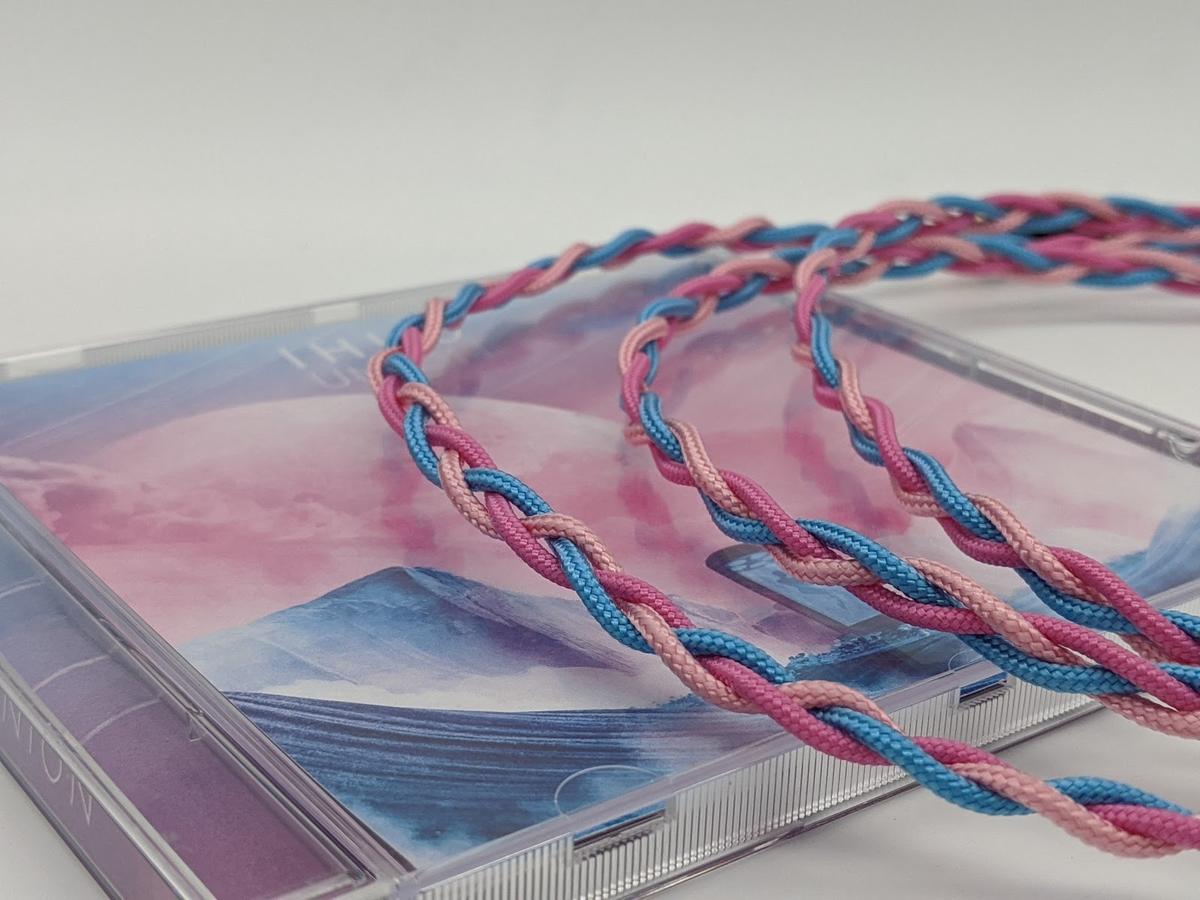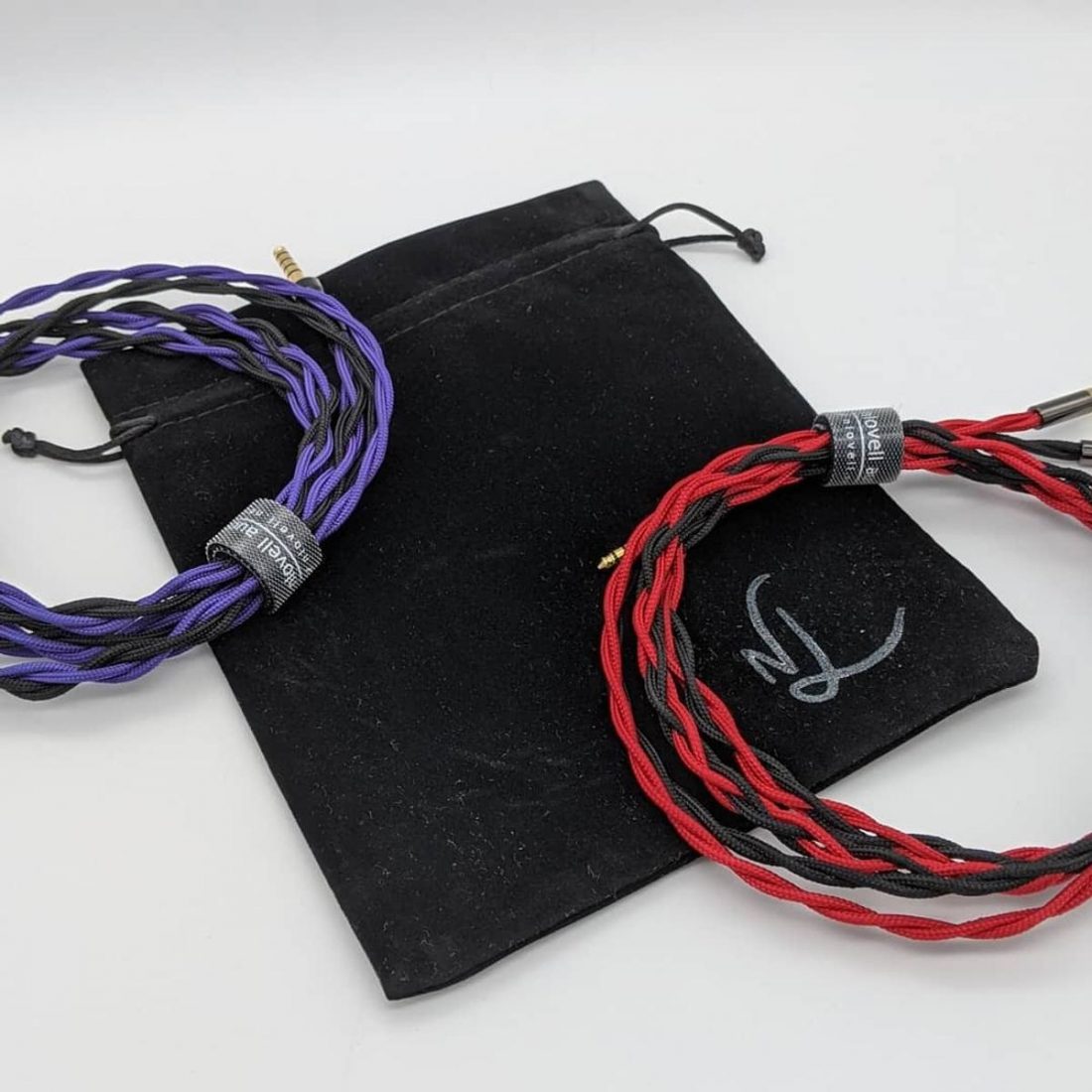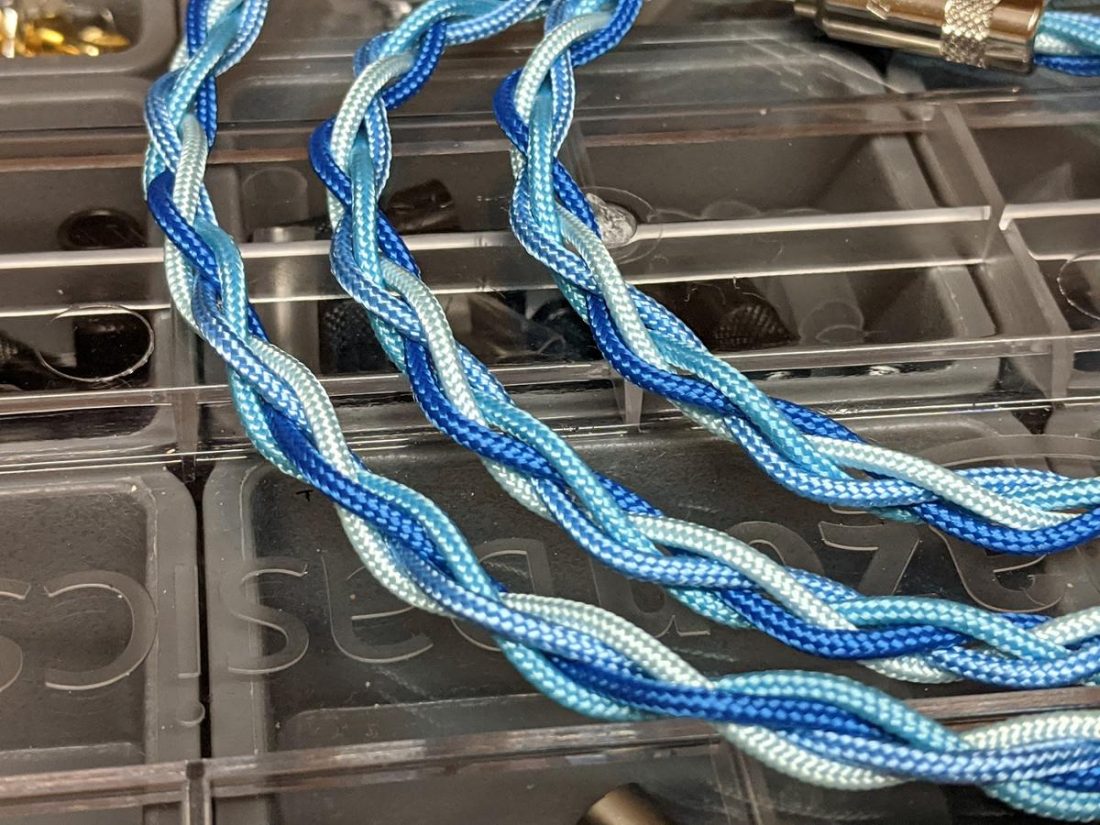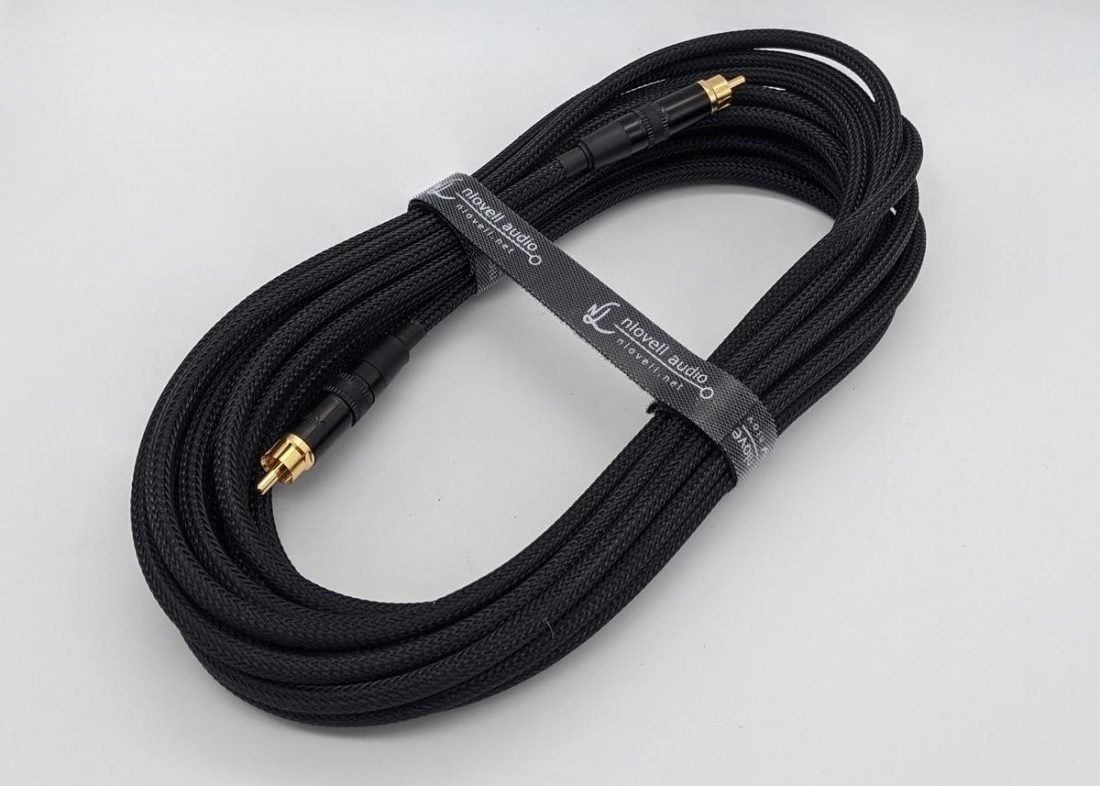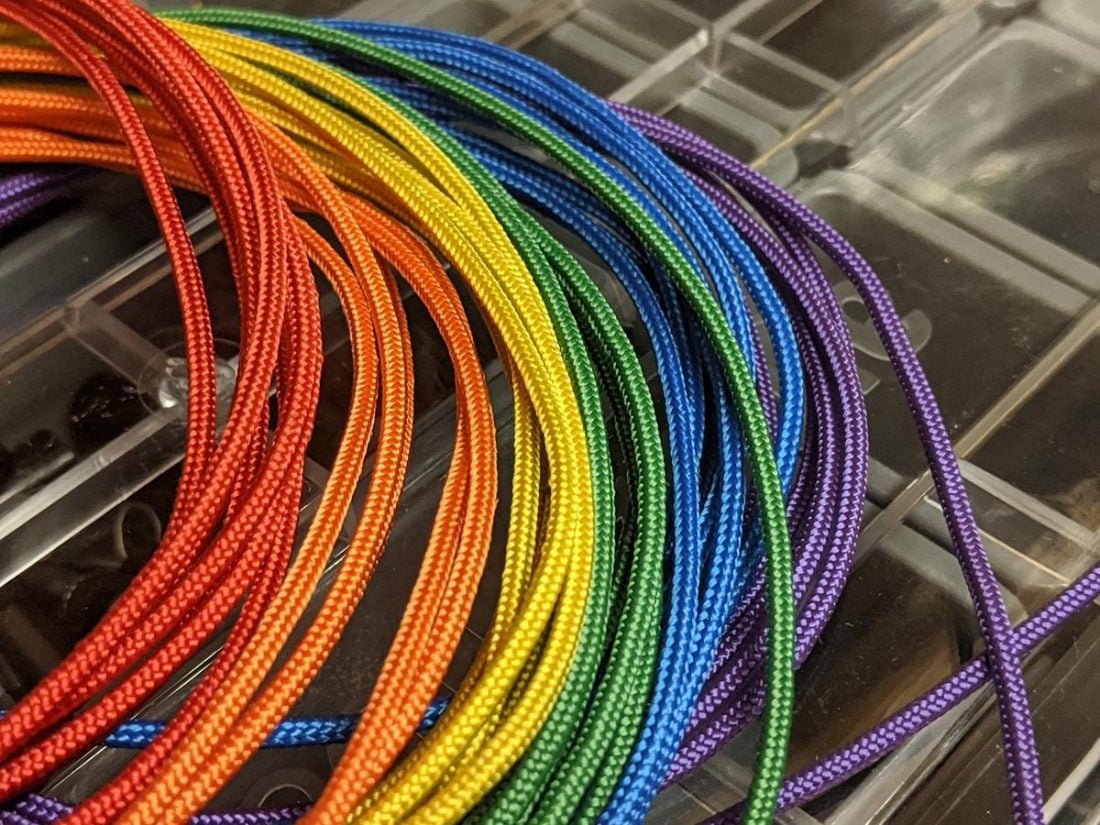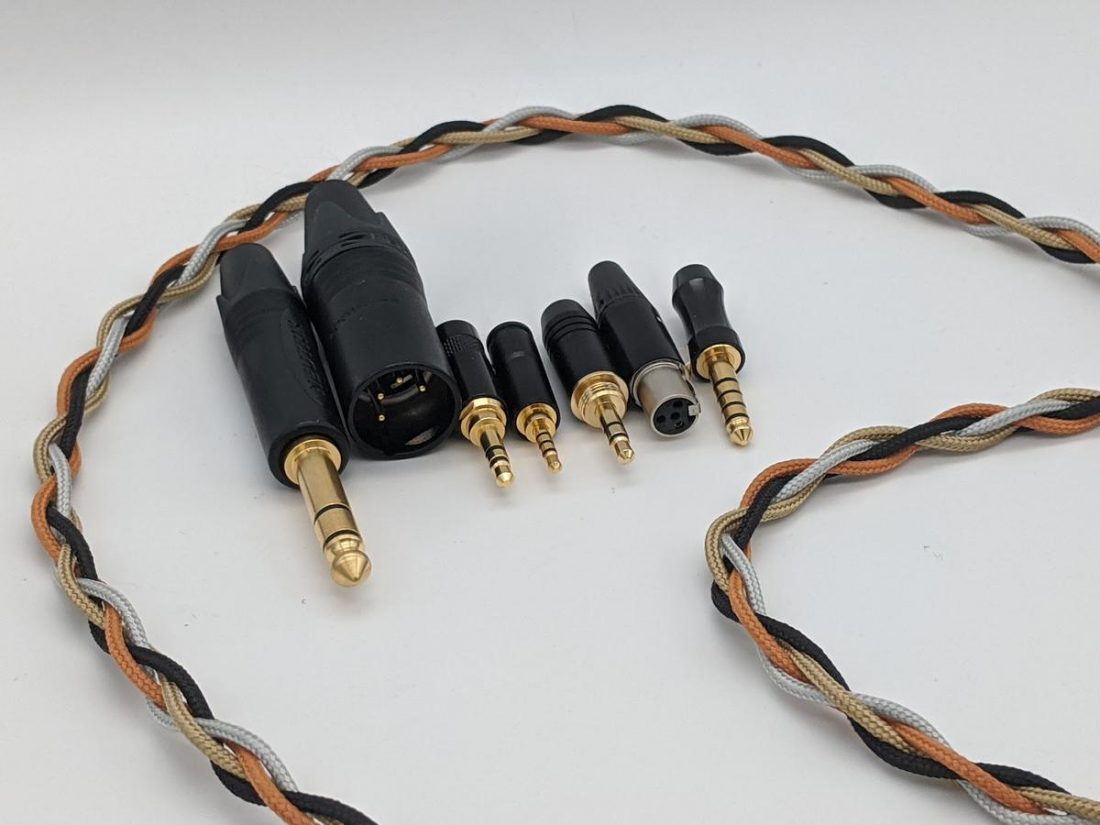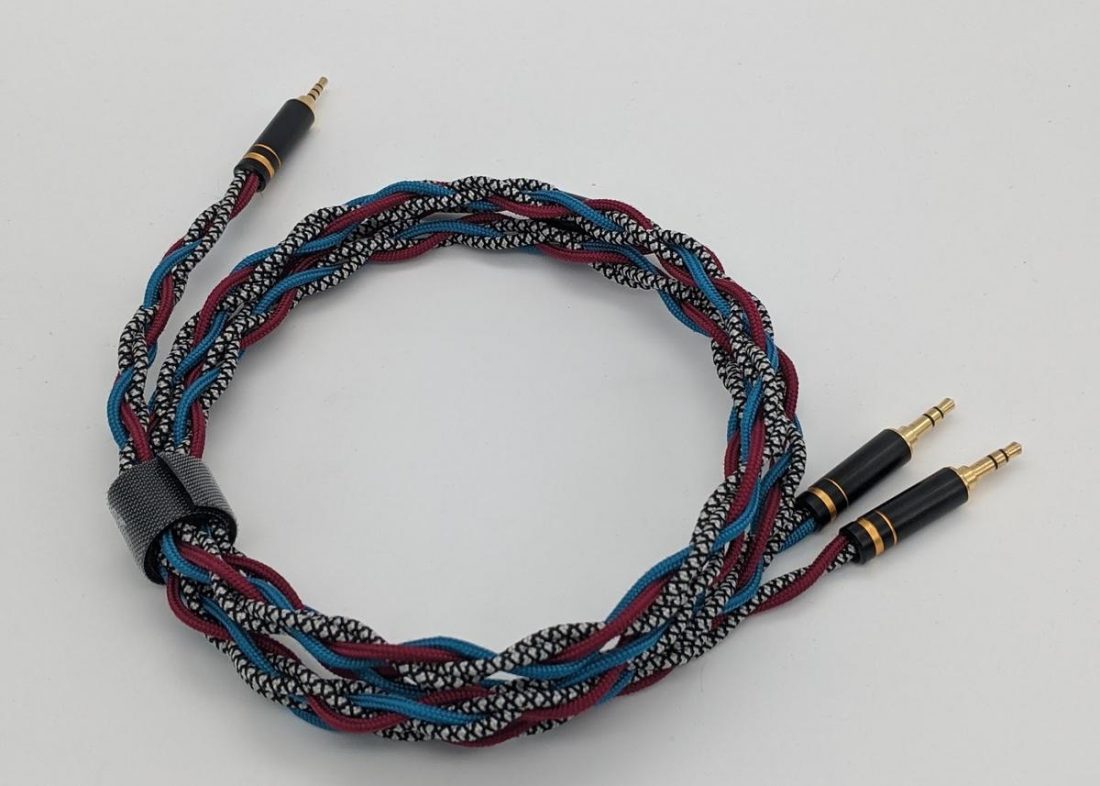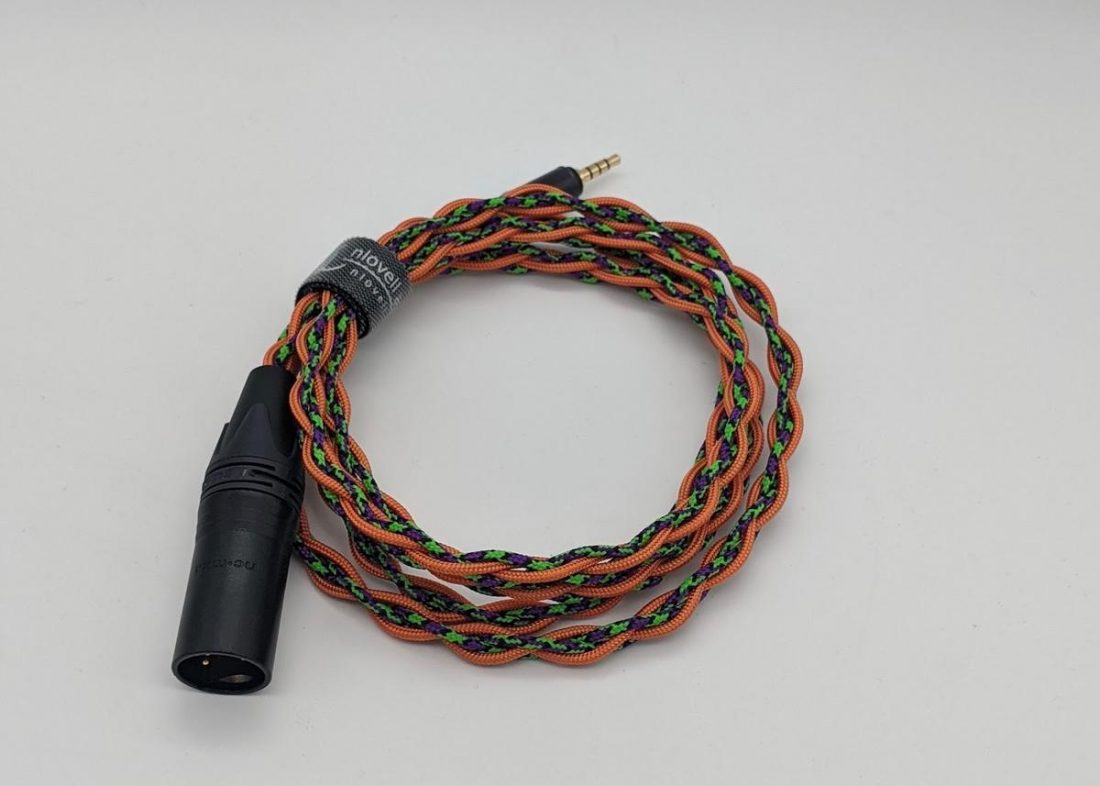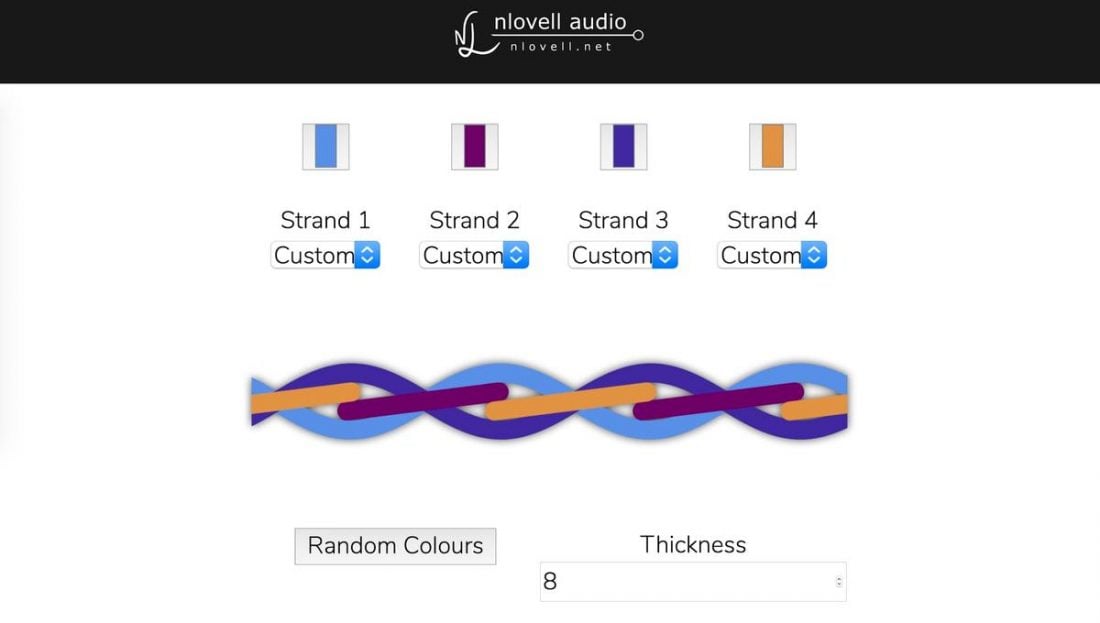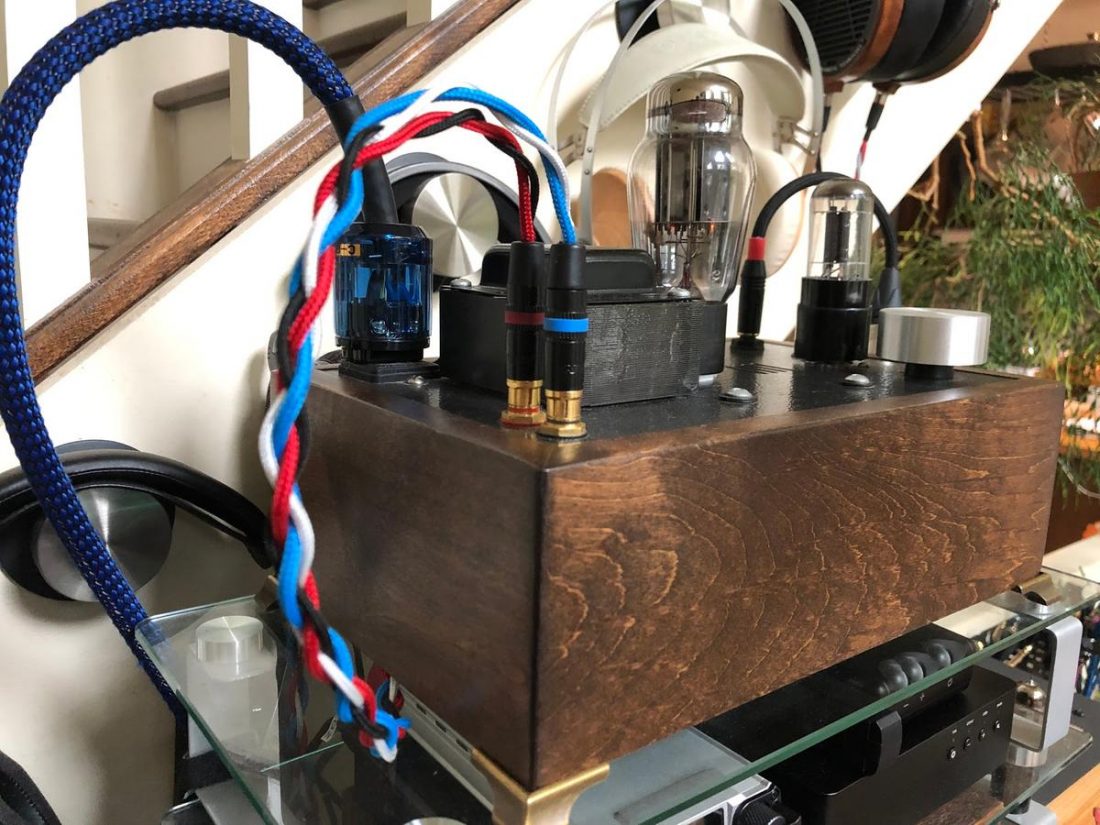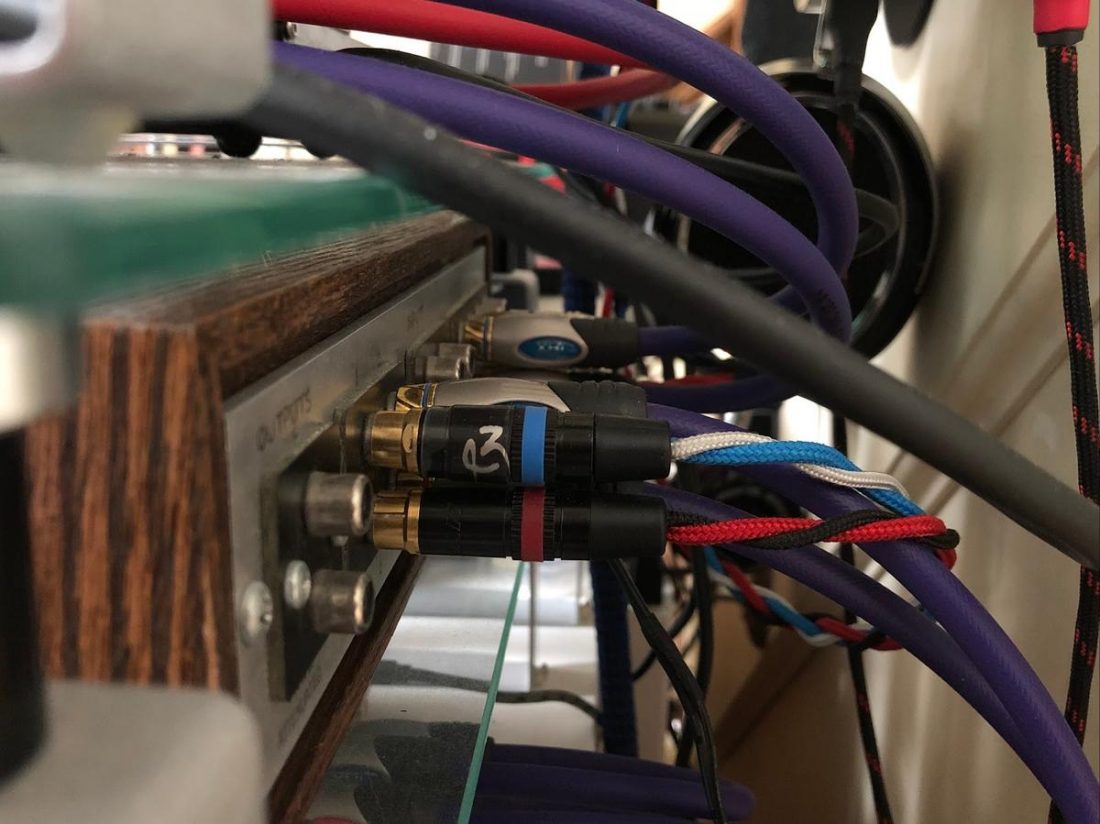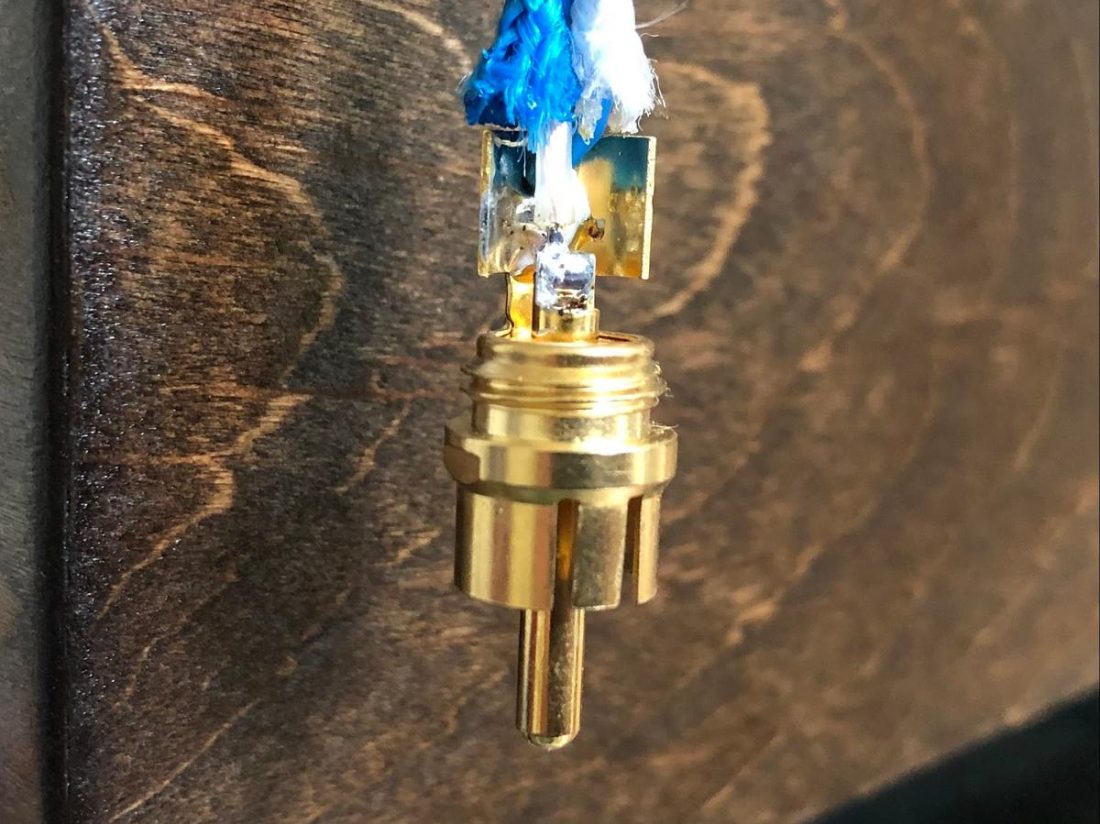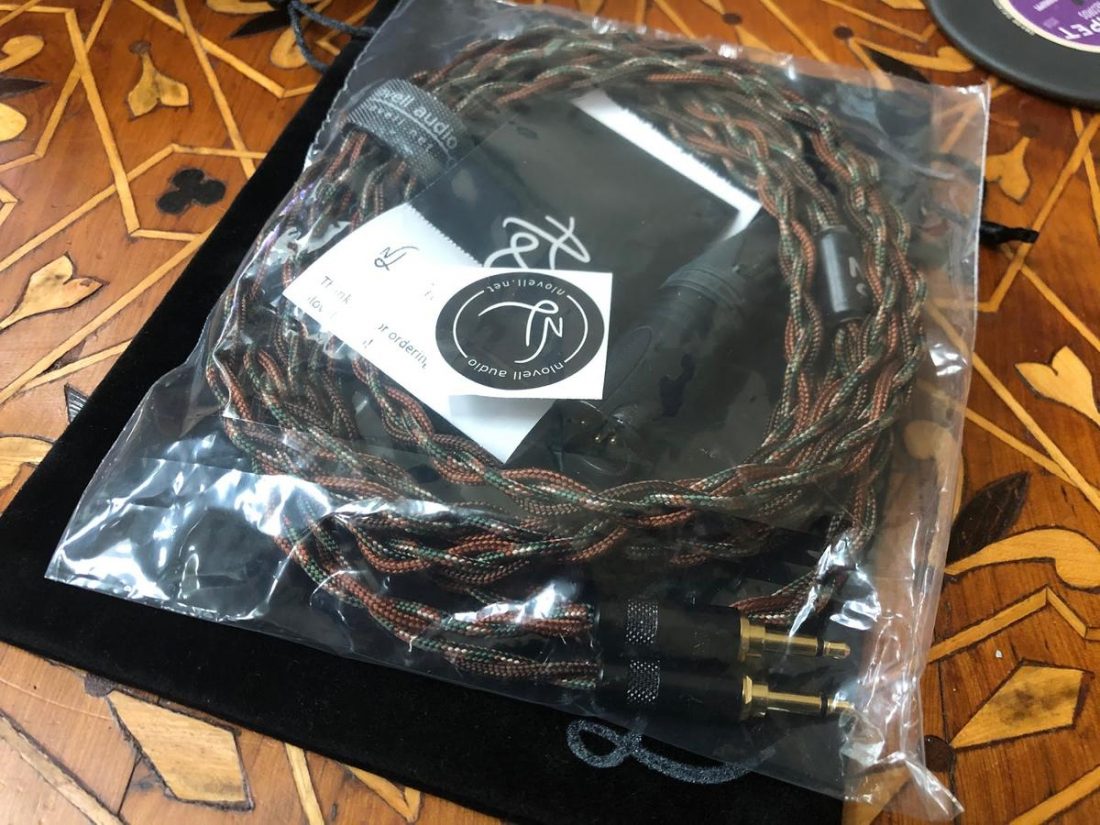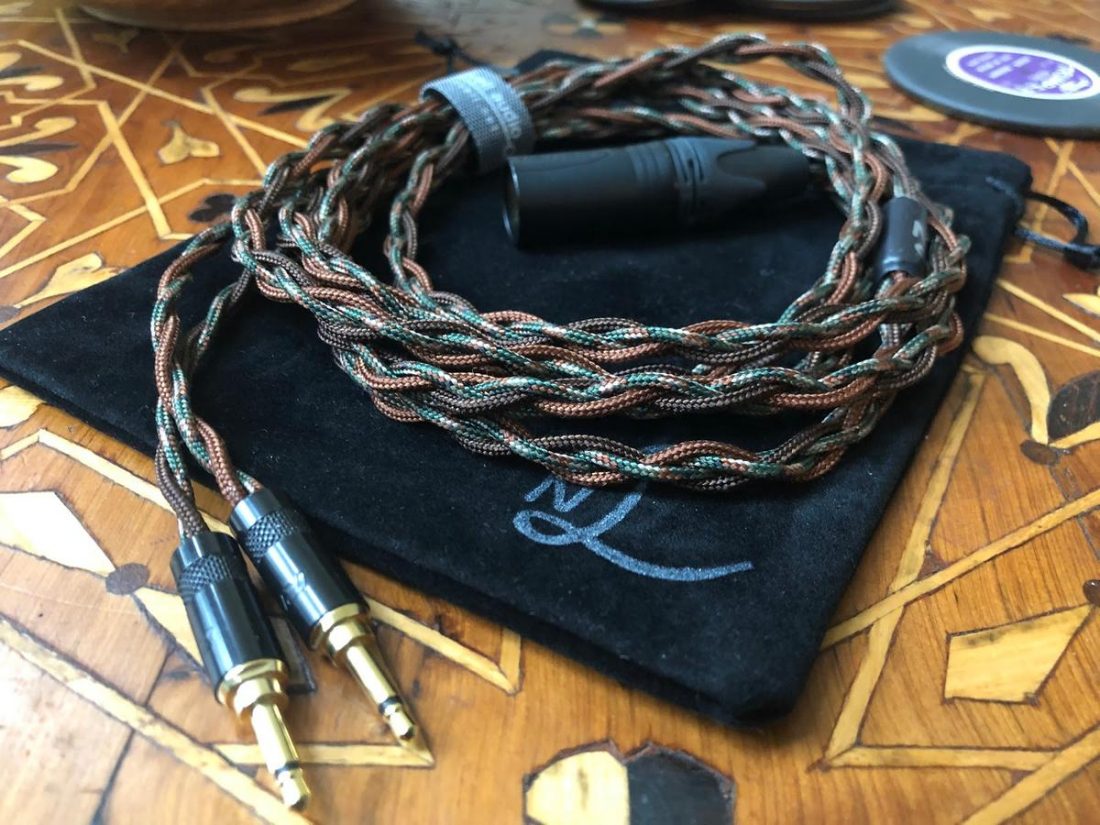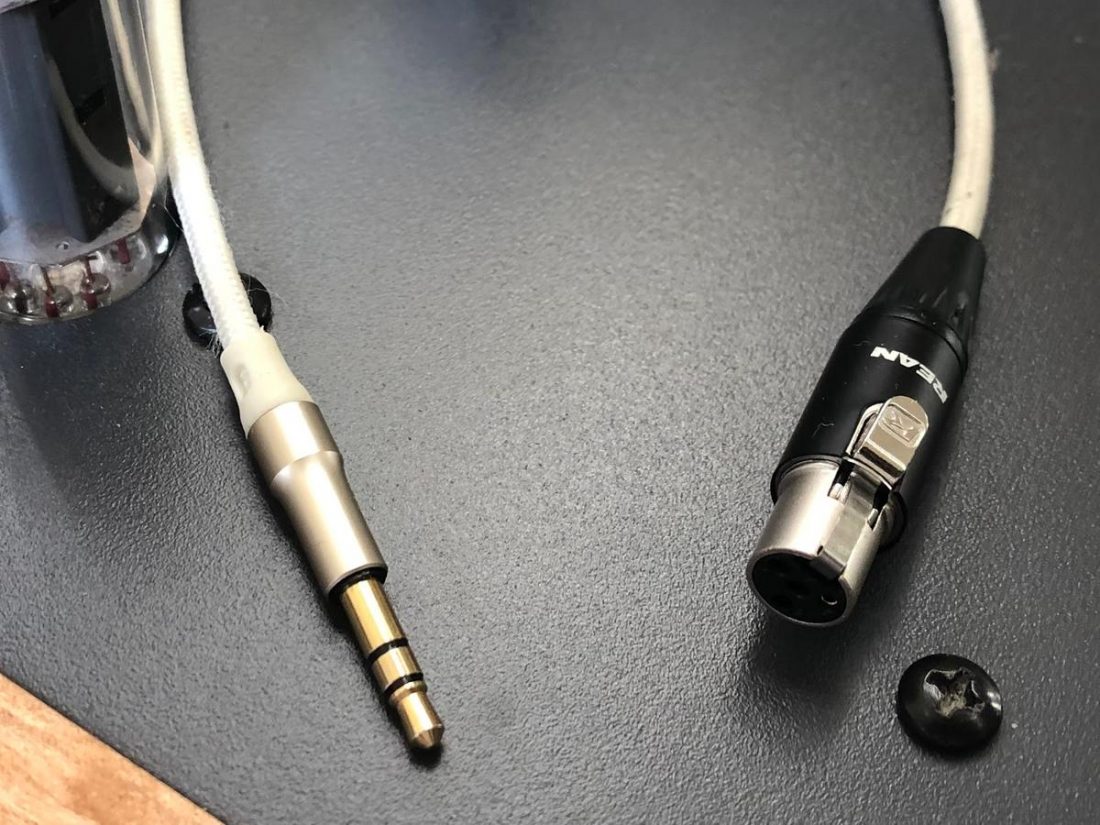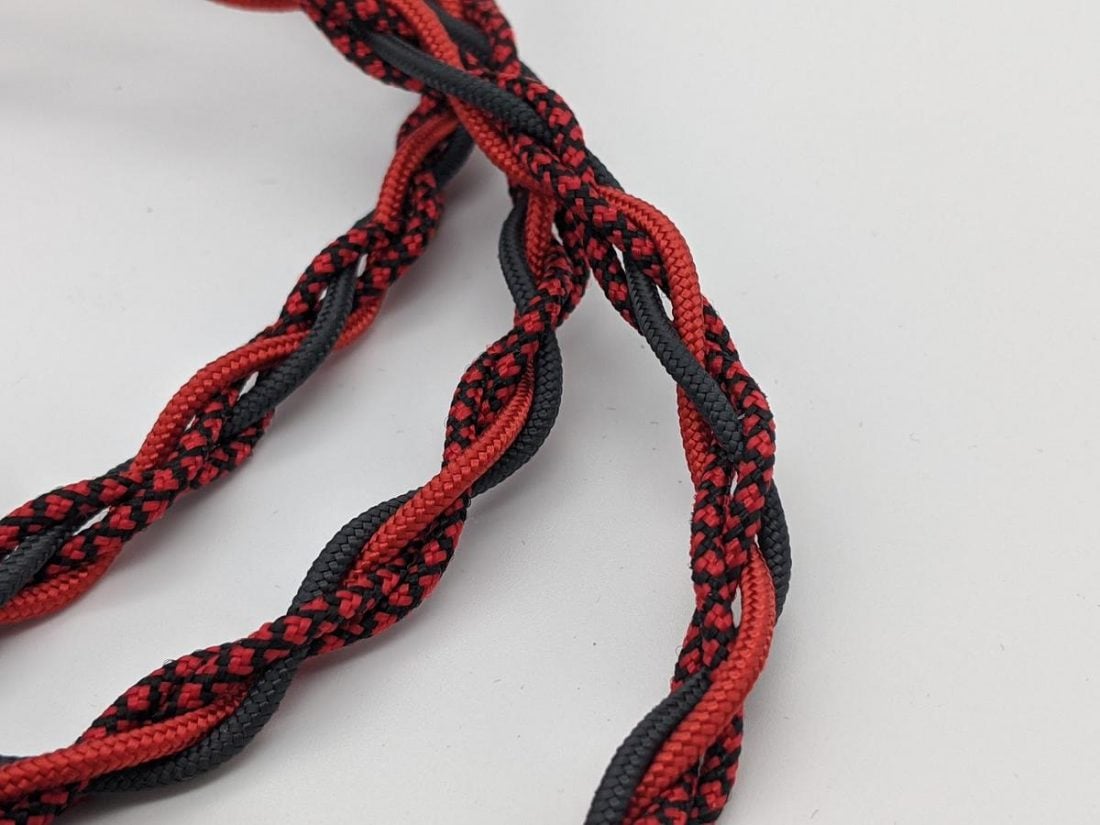Regardless of your personal feelings on whether cables make an audible difference, it’s pretty universally accepted that cables, at the very least, can create an aesthetic transformation. Headphone enthusiasts are often drawn to making upgrade cable purchases. This may be to chase audio quality using more exotic materials, or to change from single-ended to balanced connections, or even just to get a special color combination. Cables are contentious. Prices range from reasonable to ridiculous for cables that, by their very definition, should do the same thing. Just as many folks will swear they are worth it, as those that will passionately state the exact opposite. We’re not going to try to solve that debate here. Cable manufacturers often add fuel to the fire, advertising with unprovable pseudo-scientific terminology and claims. It almost seems that their rhetoric and the price tag are in a direct relationship. All too often, the higher the cost, the more outlandish the manufacturer’s claims. This causes distrust and derision from many headphone enthusiasts. So, what happens when a new guy gets into the custom hand-made cable scene? Does he board the train of exorbitantly priced cables promised to deliver the ultimate in audio fidelity? Or does he go the other way and strive for bang-for-the-buck quality construction using proven materials and components? It turns out that Alan Lovell, the one-man-show behind NLovell Audio, located in Somerset, United Kingdom, is firmly in the latter camp. Lately, Alan has been garnering praise online in the headphone and cable enthusiast groups on Facebook and Reddit. It seems that any cable discussion will inevitably end up with a recommendation for his cables from one of the participants. I previously purchased one of his RCA cables for my Bottlehead Crack, and for this article, he was nice enough to send along a headphone cable, and take some time out of his busy order schedule to answer some questions about his business.
Interview With Alan Lovell of NLovell Audio
What’s your background story?
How long have you been in business?
What made you start your company?
What’s your design philosophy?
What materials do you use?
What’s your take on the highly contested question of “do cables make a difference”?
What do you want to accomplish with your cables?
Who is your target audience for your products?
NLovell Cable Materials
Alan offers eight different cable series, each featuring a different conductor. They are priced at a basic cost-per-meter for braided cables, plus the cost of connectors (which can vary significantly). You must contact him for a quote for the cost of your specific requested cable. Visiting that event was an eye-opener (ear-opener?), and really changed my perspective on how great music can sound – how music can be an activity instead of just something to passively consume. Since then I’ve been hooked, and haven’t stopped chasing that personal audio nirvana.” The second motivation was customisation; I couldn’t find cables available in the colours I was after, so I sought out my own suppliers. I now have a regular source of high-quality sleeving, with a huge variety of colours and shades.” The question to me isn’t so much “if they make a difference” as “is the cost worth the difference they make” – and whether that cost makes sense in your system as a whole.” With headphones, you see, touch, and interact with the cable every time you use them. It makes sense to me to have something that feels as good as it sounds. I offer what I believe to be the greatest level of customisation from any sleeved cable provider. The supplier I use offers 247 unique colourations for their paracord sleeving, which I’m happy to order in any of for even just a single cable order. For just four-core cables alone, this means I can offer upwards of 150 million unique colour combinations. Along with this, I aim to be competitively priced to ensure that I can offer the best value bespoke braided cables on the market.” Alan uses Cardas Audio Quad Eutectic solder, which is a blend of silver, copper, tin, and lead. The headphone cable Y-split uses a custom aluminum shell.
Cable notes
Ika Series Ika are the entry-level cables. A blend of pure copper and silver-plated copper, Ika tends to offer the most balanced sound. Ika 2 offers the same electrical specification in a softer insulation layer, which makes it the softest and most supple cable in the lineup so far. Kiore Series Kiore are a step-up from the Ika, but still firmly in the “affordable” range of prices. Kiore is a little more flexible than Ika, which some may prefer. Being a pure-copper cable, Kiore offers a subtly warmer experience than Ika. Manu Series Manu is a side-step from the Kiore series. It’s not much different in price, but it’s a significantly heavier cable. Cables made using Manu are not as flexible as Kiore or Ika due to significantly thicker gauge than the other two, so this option may not be suitable for all uses or cases. Manu can be used for speaker cables, as it’s thick and heavy without being overbearing. It is available unsleeved in black, white, red and green or can be sleeved. Tumuku Series Tumuku is a fine stranded SCP copper, made and assembled in England. PTFE insulation makes for a soft-touch outer, even when unsleeved. Currently available in black or white (unsleeved), and various colors (sleeved). Being an entirely silver-plated copper cable, Tumuku offers the clean sparkle of silver without an absurd price-tag. Pokiha Series This pure-copper litz is an excellent step up from Kiore. Warmth and clarity, all within in a soft-touch clear PVC jacket. Wuruhi Series The current top-of-the-line conductor, Wuruhi offers the highest levels of flexibility and conductivity and is the current flagship conductor, worthy of flagship headphones. The soft-touch PE jacket means this cable is suitable for sleeved and unsleeved configurations, and the small OD means it is ideal for IEM cables too.
NLovell Cable Review
Let’s get something out of the way first thing. I compared the sound quality of the cables that Alan provided with other good quality cables that I have on hand and could discern no significant audible difference between them. So, sorry to disappoint, I’m not going to focus on the contentious topic of cable audio quality, and rather comment on materials and construction. Clearly, Alan’s focus is on the unique color combinations of the braided paracord sleeving that he offers. To this end, he features an interesting visualizer on his website. Enter any color combination and you are treated with a visual representation of what your braided cable will look like. Neat! I’ve owned a NLovell Audio RCA cable for several months and it is the primary connection to my modified Bottlehead Crack. Admittedly a braided RCA cable is not an ideal choice as it may be subject to interference or noise issues that a shielded cable would eliminate. I’m pleased to state that I have run into absolutely no unwanted noise issues.
RCA cable
I selected a 1-meter four-core braid that splits into two RCA jacks on each end. I chose red/black and white/blue color pairs, and Alan offered both Amphenol and Neutrik options for the RCA connectors. The Neutrik black metal bodied plugs with red and blue bands were a perfect match. The conductors are the thicker Kiore cable with two different sleeving diameters for an interesting look. Although the Kiore is technically a larger diameter cable (than the basic Ika), it is in no way too bulky for this purpose. The grand total was about $41 USD including postage from the UK to Canada. That’s far less than most aftermarket cables. First off, the cable looks terrific. Sleeving colors are as pictured by Alan, and the quality of the braid is meticulous. Neutrik jacks are considered the basic industry standard in quality bang-for-the-buck connectors. Nothing exotic here, just high-quality copper conductors that feel solid and grip well. I was looking for an aesthetic upgrade for the Crack since all its connections are on the top plate and on display. An attractive braided cable is a perfect match for the steampunk looks of this distinctive amp. As I explained to Alan, I wanted a cable that would hold a nice curve as it came off the top of the Crack. Opening up the plugs reveals neat soldering and that the cable sleeving goes almost all the way to the solder points. Honestly, there isn’t much more I could ask for. Better melting of the raw sleeving ends so that they can’t unravel could be one small (nitpick) improvement.
Headphone cable
The headphone cable is just as attractive and well-made as the RCA cable. The full package includes a receipt, sticker, hand filled-out card, custom velcro cable tie, and a velvet storage bag. It’s a nicely premium package for a cable. When I expressed a concern that left and right on the headphone connectors were not marked, Alan responded with, “…hold the cable up. NL is always oriented to face outwards So if you’re using it and NL faces your chest, then it’s the wrong way around.” All you have to do is look at the y-split to determine cable orientation. He also told me that he typically makes the lighter color sleeving the ‘left’ when possible. The headphone cable uses Neutrik connectors, dual 3.5mm mono for the headphone plugs, and a male XLR balanced connector. This works with several of the headphones I have on hand (modified Grado 125, HarmonicDyne Helios and Zeus, and modified Takstar HF 580 – unfortunately the 3.5mm socket on the Meze 99 Classics is too small to fit non-Meze jacks). The wire inside is the Ika 2, and even braided with 4-cores, it remains nicely light and flexible. The cable feels great, and is small enough in diameter to work either for home or portable use. On Alan’s recommendation, I have been modifying all my headphone cables (not just the ones he makes) to terminate in 4-pin mini-XLR jacks. This jack has the benefit of being a small connector that isn’t too bulky in line with the cable and allows for easy swapping between single-ended and balanced connectors. Since I enjoy DIY, I’ve been busy recently cutting cables and soldering to insert male (on the headphone side) and female (on the original jack side) mini-XLR jacks. The next step is to create a few adapters. Namely, mini-XLR female to a 3.5mm single-ended, 2.5mm balanced, 4.4mm balanced, and a 4-pin full-sized male XLR jack should cover most eventual connection needs. My only complaint is that the mini-XLR jacks are too small to add to larger diameter cables (greater than 4.5mm or so) and in this case, full-sized 4-pin XLR jacks must be used (like the one on the NLovell Audio headphone cable above).
Conclusion
NLovell Audio’s motto is “Bringing high-quality accessories to the everyday audiophile”. I appreciate this sort of no-nonsense approach. There’s no outlandish promises nor esoteric gobbledygook. Prices are fair and the buyer has a strong sense of what they are receiving for their money. I’m a satisfied customer, and from all the discussion online that I see, it seems there are lots of folks out there who feel the same with their NLovell Audio purchases. My expectations were for attractive and well-made cables in the color combination that I desired, and that’s exactly what I received. Their performance is indistinguishable to my ears from other high-quality cables. If you are looking to improve your cable aesthetics, or require a cable with new terminations, NLovell Audio’s creations are well worth considering. Alan is the kind of small business owner who takes a personal approach to business, and it shows in the care and quality of his products.
